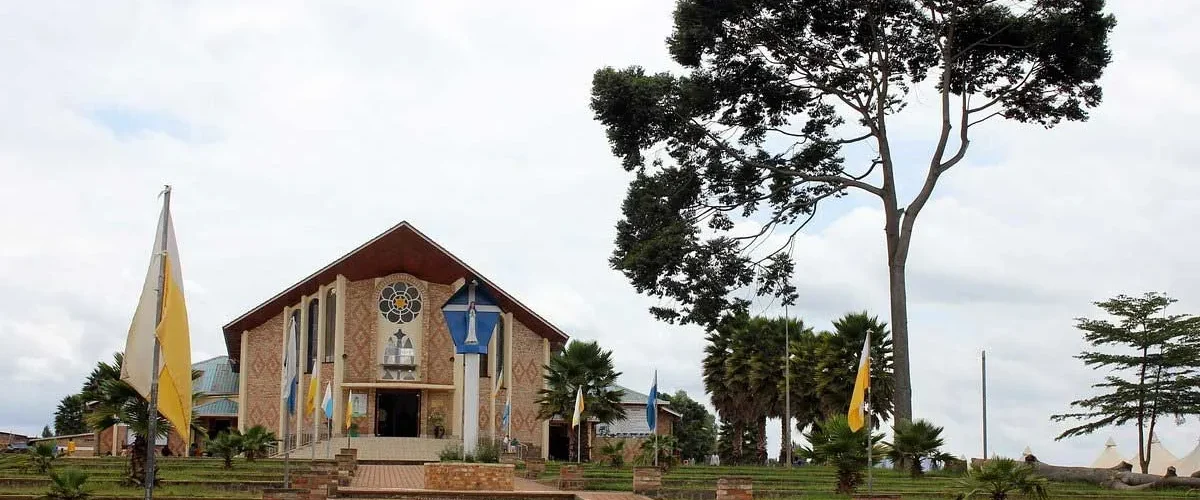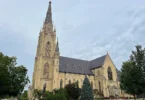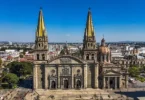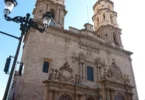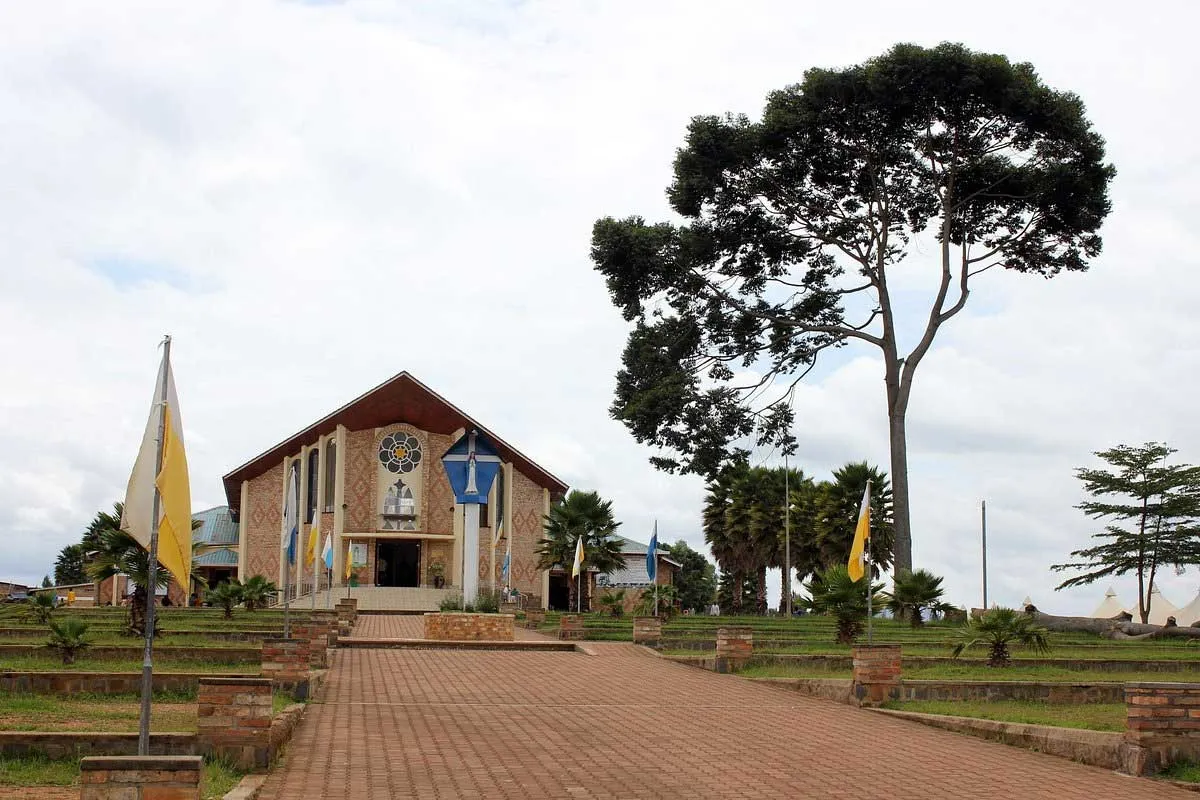
Introduction
Our Lady of Kibeho (French: Notre-Dame de Kibeho), also known as Our Lady of Sorrows of Kibeho, is a Catholic title of the Mary, mother of Jesus, based on the Marian apparitions reported in the 1980s by several adolescents in Kibeho, south-western Rwanda. The young visionaries were Alphonsine Mumureke, Nathalie Mukamazimpaka, and Marie Claire Mukangango. The Kibeho apparitions reportedly conveyed several messages to the schoolgirls, including a vision of Rwanda experiencing turmoil and animosity, potentially foreshadowing the 1994 Rwandan genocide.
In 2001, the Catholic Church’s local bishop officially acknowledged the authenticity of the visions witnessed by the three schoolgirls. The Holy See also issued a declaration by Bishop Augustin Misago of Gikongoro approving the apparitions.
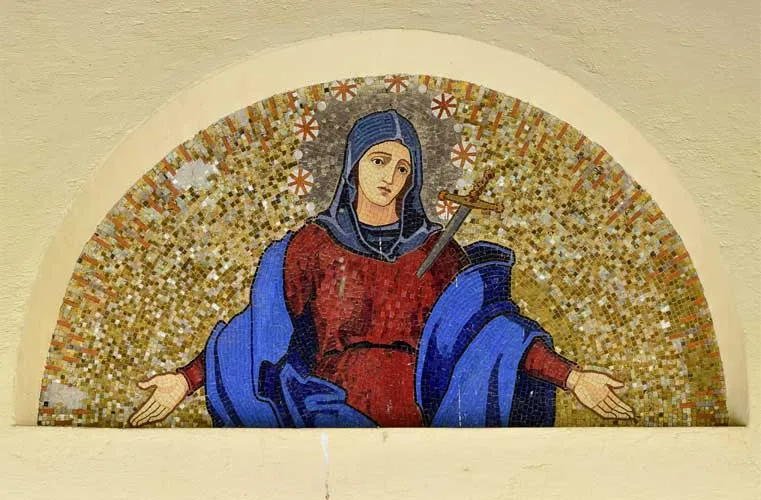
Kibeho, a small village situated in southwestern Rwanda, witnessed reported apparitions commencing on November 28, 1981, amidst escalating tension between the Tutsi and Hutu groups. These apparitions unfolded at Kibeho College, a secondary school for girls, featuring a vision of Rwanda engulfed in violence and hatred, widely believed to anticipate the 1994 Rwandan genocide. Over the course of the 1980s, the Virgin Mary reportedly appeared multiple times to three young women. Referred to as Nyina wa Jambo in Kinyarwanda, which translates to “Mother of the Word,” synonymous with Umubyeyi W’Imana, or “Mother of God,” the Virgin implored everyone to pray fervently to avert a devastating war. During a vision on August 19, 1982, the seers witnessed scenes of violence, mutilated bodies, and widespread destruction.
Alphonsine Mumureke, who received the initial vision shortly after enrolling at Kibeho High School in October 1981, experienced the longest series of visions, spanning until November 28, 1989. Nathalie Mukamazimpaka followed, encountering visions from January 1982 to December 3, 1983, emphasizing ceaseless prayer and expiation, with instructions from the Virgin to undertake penances through mortification of the flesh. Marie Claire Mukangango, initially a skeptic who later experienced apparitions from March 2 to September 15, 1982, received guidance from the Virgin, advocating the recitation of the Chaplet of the Seven Sorrows to obtain repentance.
During his visit to Rwanda in 1990, Pope John Paul II visited Mbare, Kamonyi, and Nyandungu, urging the faithful to seek guidance from the Virgin Mary as a steadfast ally and to pray for greater unity against local divisions, both political and ethnic.
Links with the Genocide
In the 100 days following the April 6, 1994 assassination of Rwanda’s dictator and President, Juvénal Habyarimana, between 800,000 to over a million Rwandans were ruthlessly slaughtered by their own countrymen, and in some instances, by their immediate neighbors. This genocide marked the climax of escalating hostility between Rwanda’s main ethnic groups – the Hutus and Tutsis – exacerbated by the preceding civil war. Kibeho itself witnessed two significant massacres: the first occurring at the parish church in April 1994, followed by another a year later, during which more than 5,000 refugees seeking refuge were gunned down by soldiers. Among the victims of the April 1994 massacre were Marie Claire Mukangango and her husband, Elie Ntabadahiga, who were trapped in Kigali at the time.
Approved Visionaries
Only the visions of the first three seers (Alphonsine Mumureke, Nathalie Mukamazimpaka, and Marie Clare Mukangango, aged 17, 20, and 21, respectively) received the solemn approval of Augustin Misago, Bishop of Gikongoro
Unapproved Visionaries
Others who claimed to have similar visions but are not recognised by the Catholic Church were Stephanie Mukamurenzi, Agnes Kamagaju, Vestine Salima, and Emmanuel Segastashya, the last of whom was previously a pagan and became a Christian evangelist. Segastashya’s alleged visions included meeting Christ in a beanfield.
The visions could be seen as a forewarning of the Rwandan genocide, particularly the second Kibeho massacre in 1995. The school where the visions took place turned into a site of massacre during the genocide, with numerous children being brutally killed by Hutu extremists. Some of the visionaries were able to escape the violence, although Mukangango was among those who perished.
Church Approval
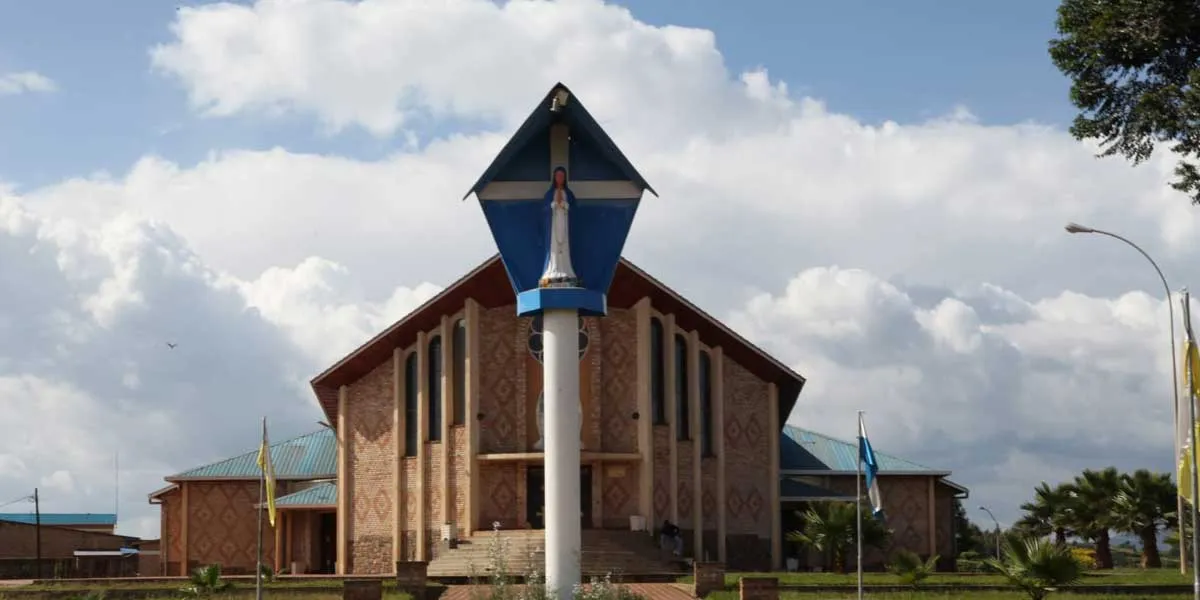
Augustin Misago, the Bishop of Gikongoro, endorsed public devotion associated with the apparitions on August 15, 1988 (the Solemnity of the Assumption of Mary), and confirmed their authenticity on June 29, 2001. He faced accusations of involvement in the Rwandan Genocide in 1999 and was subsequently acquitted on June 24 of the following year. As early as 1982, Bishop Jean Baptiste Gahamanyi, a predecessor of Misago, had already authorized public devotion.
Marian Shrine
The Marian sanctuary in Kibeho was officially named the “Shrine of Our Lady of Sorrows” in 1992. The foundation stone was laid on November 28, 1992. In a 2003 agreement between the local bishop and the Society of the Catholic Apostolate (Pallotines), the administration of the Shrine of Our Lady of Kibeho was entrusted to the Pallotine Fathers. The appointment of the rector is made jointly by the local bishop and the Regional Pallottine Rector.
Annual Feast Day
Feast Date : November 28th
The Annual feast day of the Sanctuary of Our Lady of Kibeho, Rwanda is celebrated on November 28th Every year.
Mass Timing
Weekly Masses
Monday to Friday : 6:30 am to 8:30 am
Weekend Masses
Saturday : 12:00 pm to 01:30 pm
Sundays : 08:30 pm to 10:0 pm
Contact Info
B.P. 341 Butare / Rwanda
Central Africa
Phone No.
Phone: +39 06 7061 3053
Accomodations
How to reach the Sanctuary
Airway
The nearest airport to the Sanctuary of Our Lady of Kibeho is Kamembe (KME). which is 99 km away from the Shrine.

